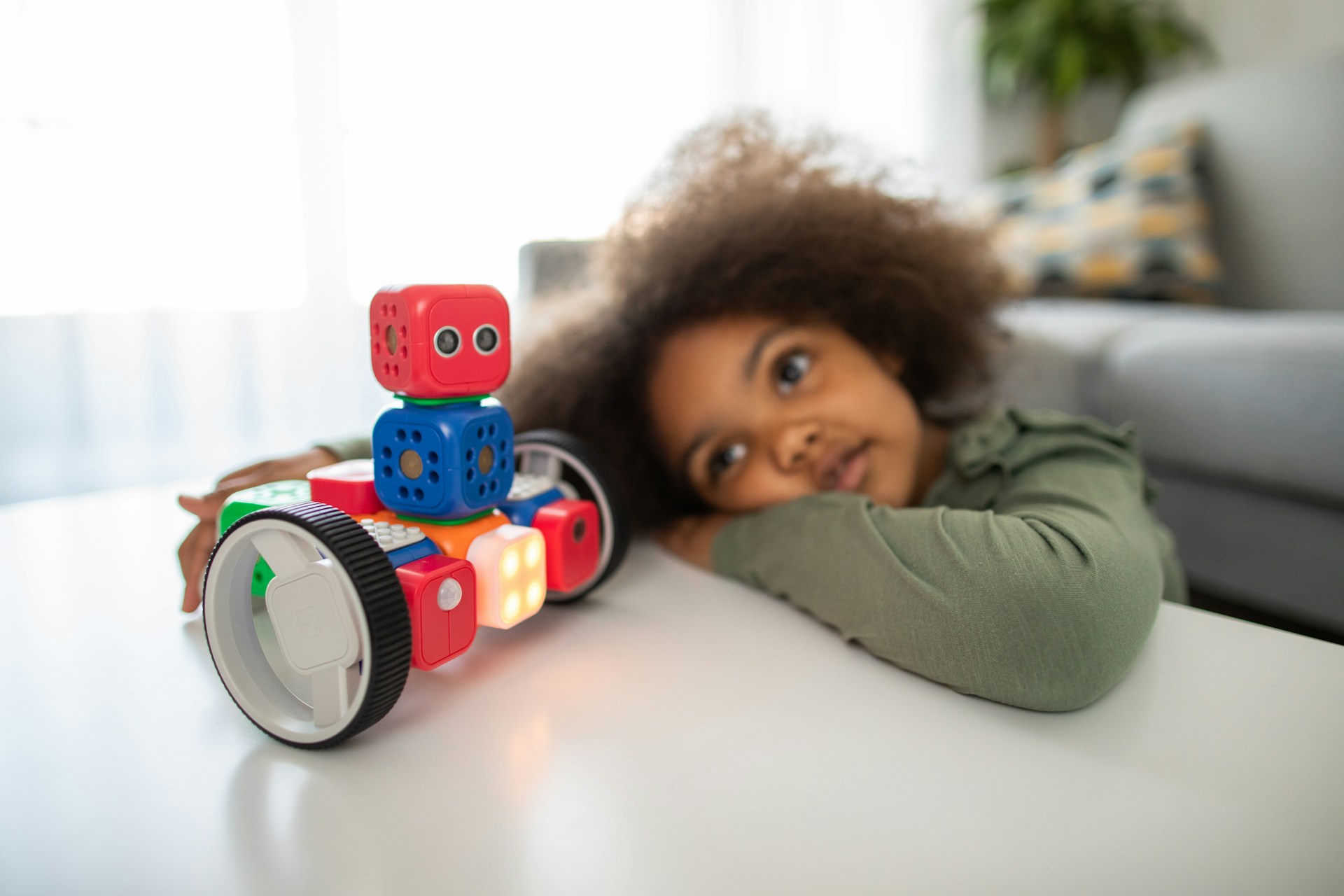The Rise of Artificial Intelligence
Artificial Intelligence refers to the development of computer systems that can perform tasks that would typically require human intelligence. From machine learning algorithms to natural language processing, AI has made remarkable strides in areas such as healthcare, finance, education, and entertainment. AI can analyze vast amounts of data, identify patterns, and make predictions with high accuracy, which has paved the way for new applications that improve efficiency and decision-making.
For example, in healthcare, AI is enabling faster and more accurate diagnoses, personalized treatment plans, and drug development. In finance, AI-powered algorithms are used to detect fraudulent activity and optimize investment strategies. The integration of AI into everyday devices, such as voice assistants like Siri and Alexa, has also made it easier for consumers to interact with technology, further cementing AI’s place in our daily lives.
The Role of Robotics in Society
Robotics, closely intertwined with AI, involves the design and creation of machines capable of performing tasks autonomously or semi-autonomously. While robots have been used in manufacturing for decades, their applications have expanded into various fields such as healthcare, agriculture, logistics, and even entertainment. Robots are increasingly becoming an integral part of industries by automating repetitive tasks, improving precision, and reducing human error.
In manufacturing, robots have improved efficiency, safety, and production quality. In healthcare, robots assist in surgeries, providing precision that human hands alone may not be able to achieve. The development of soft robotics and robotic exoskeletons is also helping people with disabilities regain mobility and independence. In the agriculture sector, autonomous robots are being used to plant, harvest, and monitor crops, contributing to sustainable farming practices.
Synergy Between AI & Robotics
The combination of AI and robotics has given rise to the next generation of intelligent robots that can learn, adapt, and make decisions on their own. AI provides the cognitive power to robots, enabling them to process sensory data and make decisions in real-time. This synergy allows for the creation of robots that can perform more complex tasks in unstructured environments, such as providing assistance to the elderly or performing hazardous jobs in dangerous environments.
For instance, autonomous vehicles, which use AI and robotics, are expected to revolutionize the transportation industry by reducing accidents and improving traffic flow. Similarly, AI-powered robots in warehouses and distribution centers are optimizing supply chains, increasing efficiency, and reducing operational costs. As AI and robotics continue to evolve, we can expect even more innovative applications that push the boundaries of what is possible.
The Ethical and Societal Implications
As AI and robotics become increasingly integrated into various sectors, they also raise important ethical, social, and economic questions. The automation of jobs, for instance, is a concern for workers in industries that rely on repetitive tasks, as robots may replace human labor in some areas. This could lead to job displacement, prompting the need for re-skilling and upskilling the workforce to adapt to new technologies.
Moreover, as robots and AI systems become more autonomous, questions about accountability and decision-making arise. Who is responsible when an AI system makes a mistake or a robot causes harm? How can we ensure that AI and robotics are used ethically and responsibly? These are critical discussions that need to be addressed to ensure that the benefits of AI and robotics are maximized while minimizing their potential risks.
Looking Ahead: A Future Transformed
The future of AI and robotics holds immense promise. From enhancing our daily lives to revolutionizing industries, these technologies are poised to make our world more connected, efficient, and intelligent. However, their rapid development requires careful thought, collaboration, and regulation to ensure that they are deployed in ways that benefit society as a whole.
As AI and robotics continue to advance, they will not only redefine what is possible in terms of technology but also challenge us to rethink what it means to be human. The future of AI and robotics is one of limitless possibilities, and we must approach it with both excitement and caution to harness its full potential while addressing the challenges it brings.

